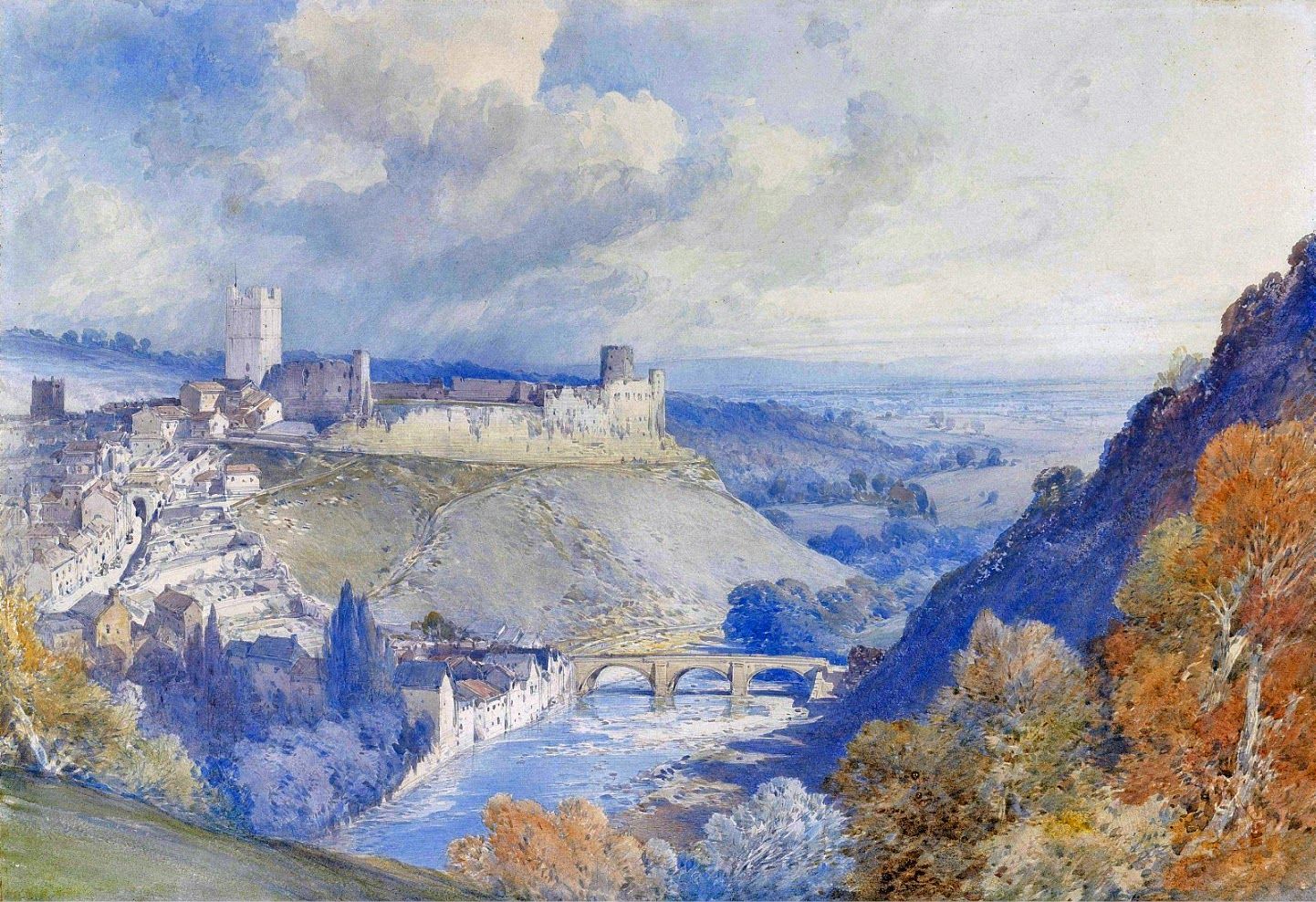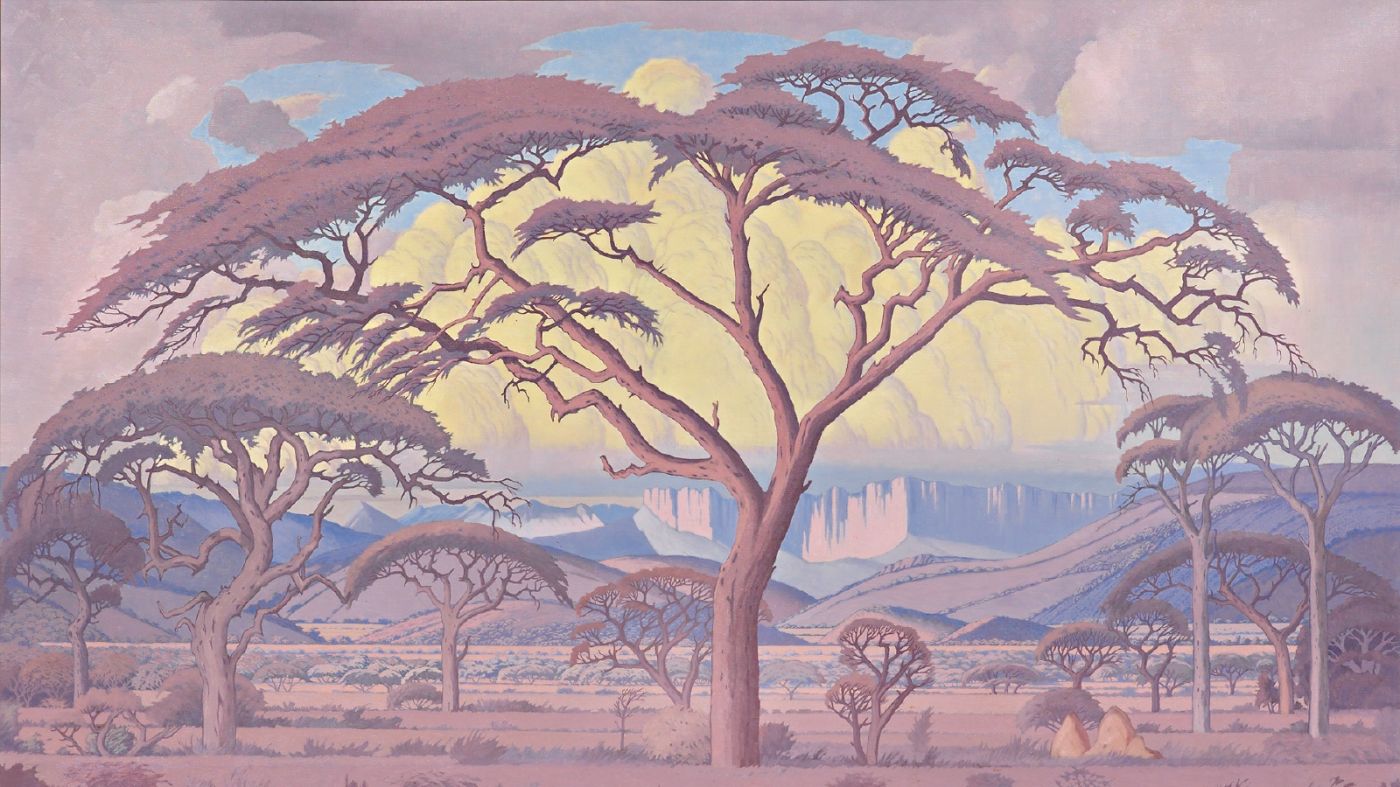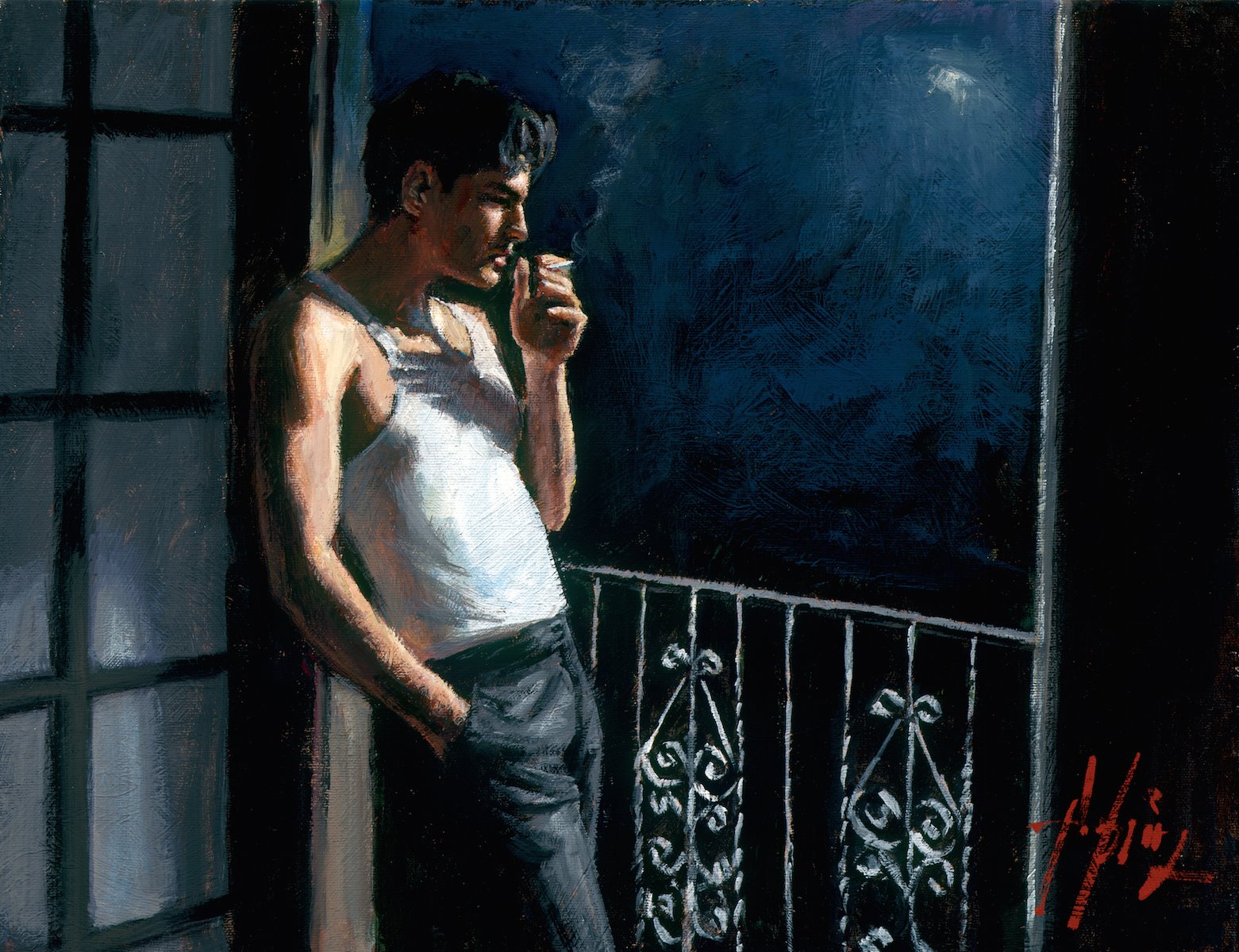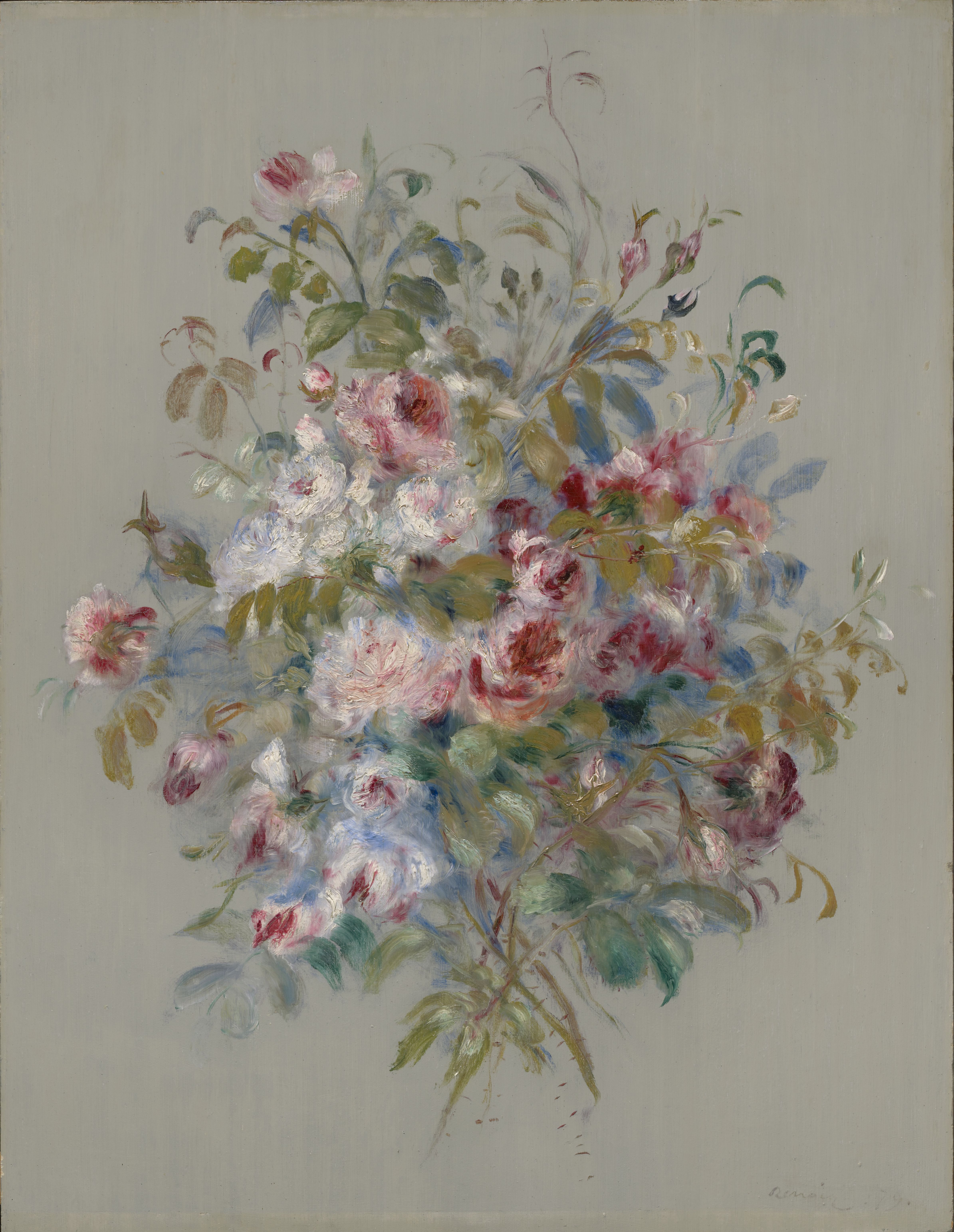William Callow (1812–1908) was an British landscape painter, engraver and water colourist.
Callow was born in Greenwich on 28 July 1812.
He was apprenticed to the artist Copley Fielding, where he learnt the technique of plein air sketching.
He went on to study under Theodore and Thales Fielding, where he learnt to colour prints and make aquatints, and was taught water colour painting between 1825-7.
In 1829 Thales Fielding found him work as an engraver in Paris, where he worked alongside his friend Charles Bentley. While in the French capital he was encouraged by Thomas Shotter Boys to take up watercolours again.







